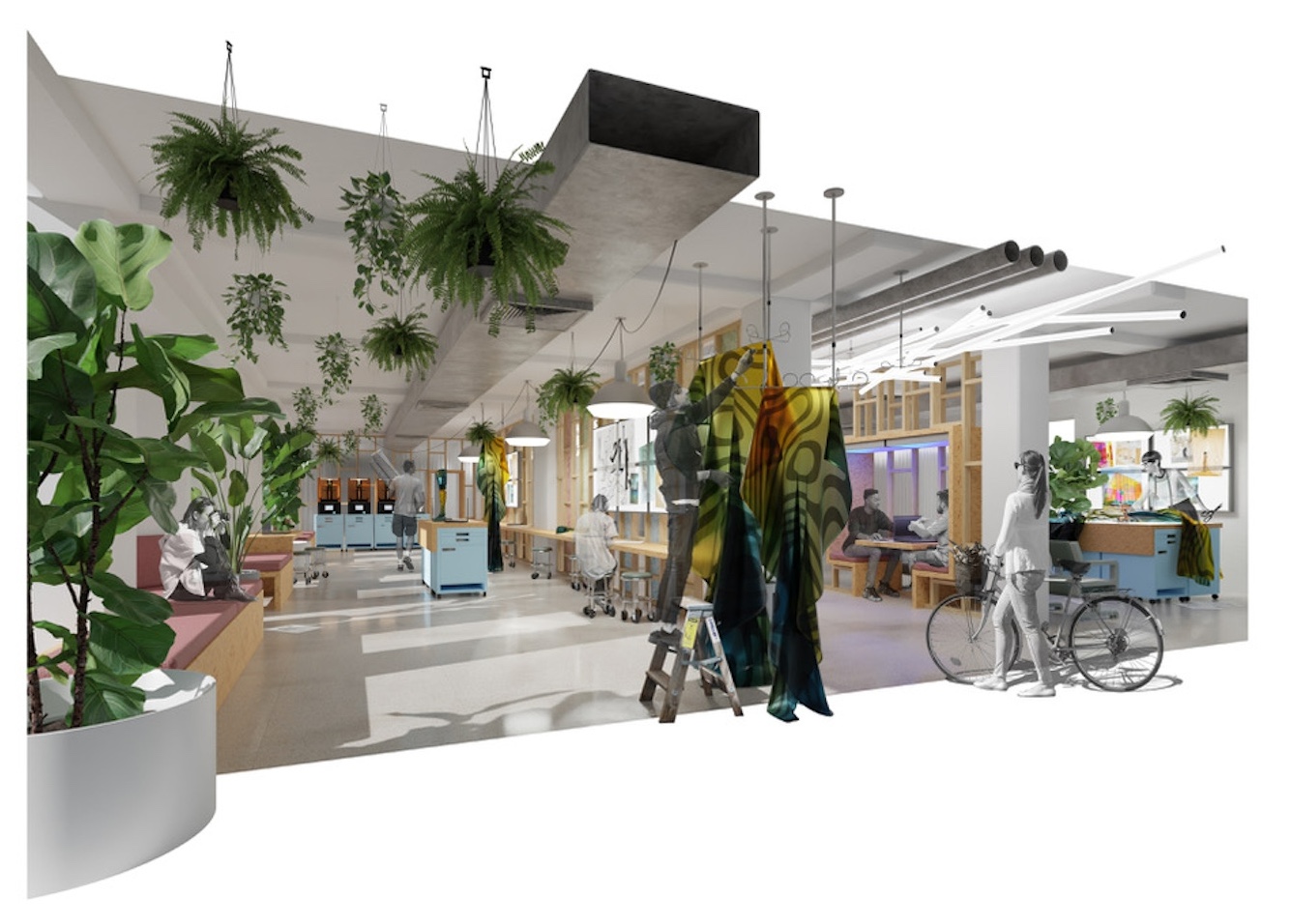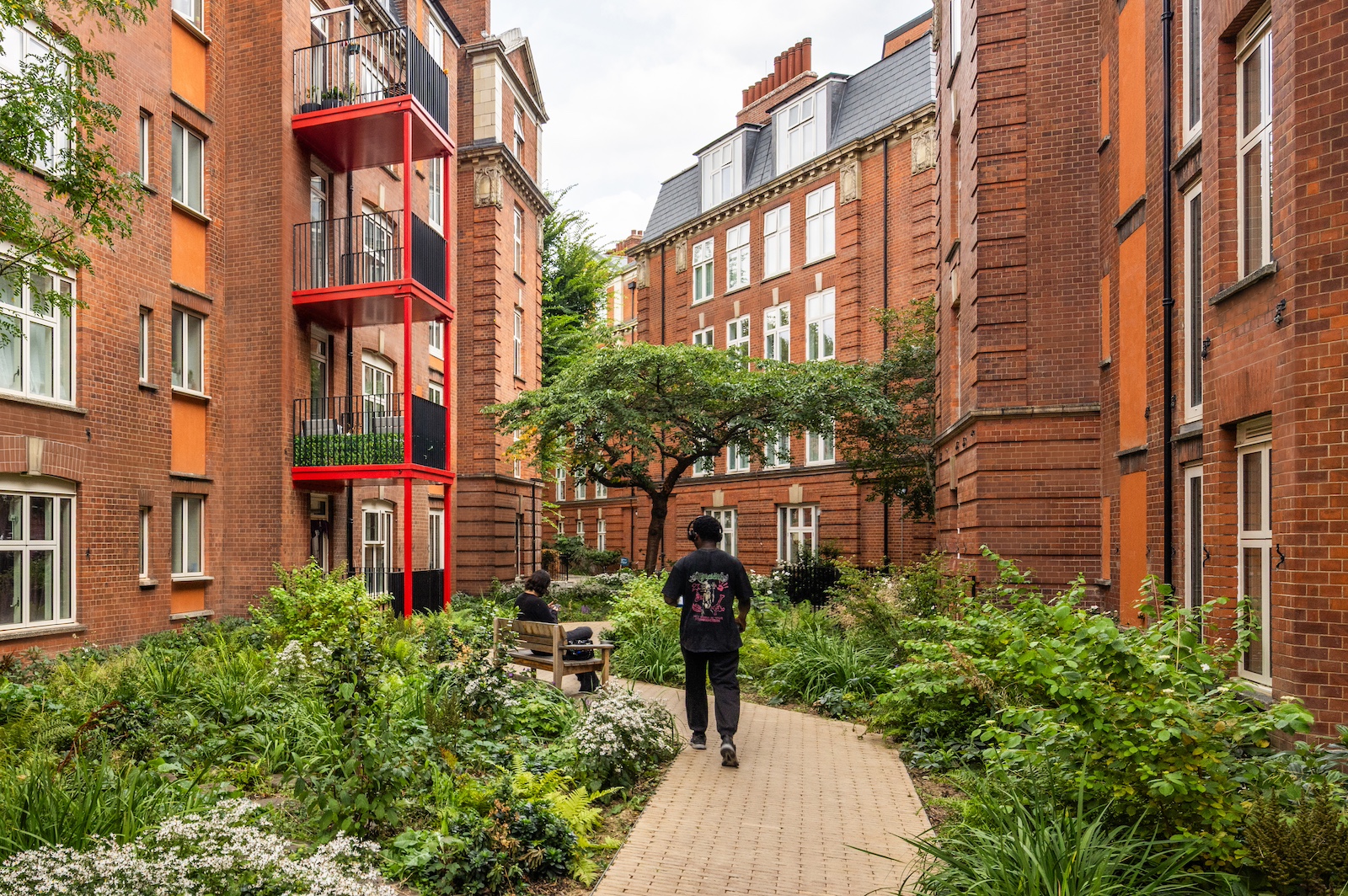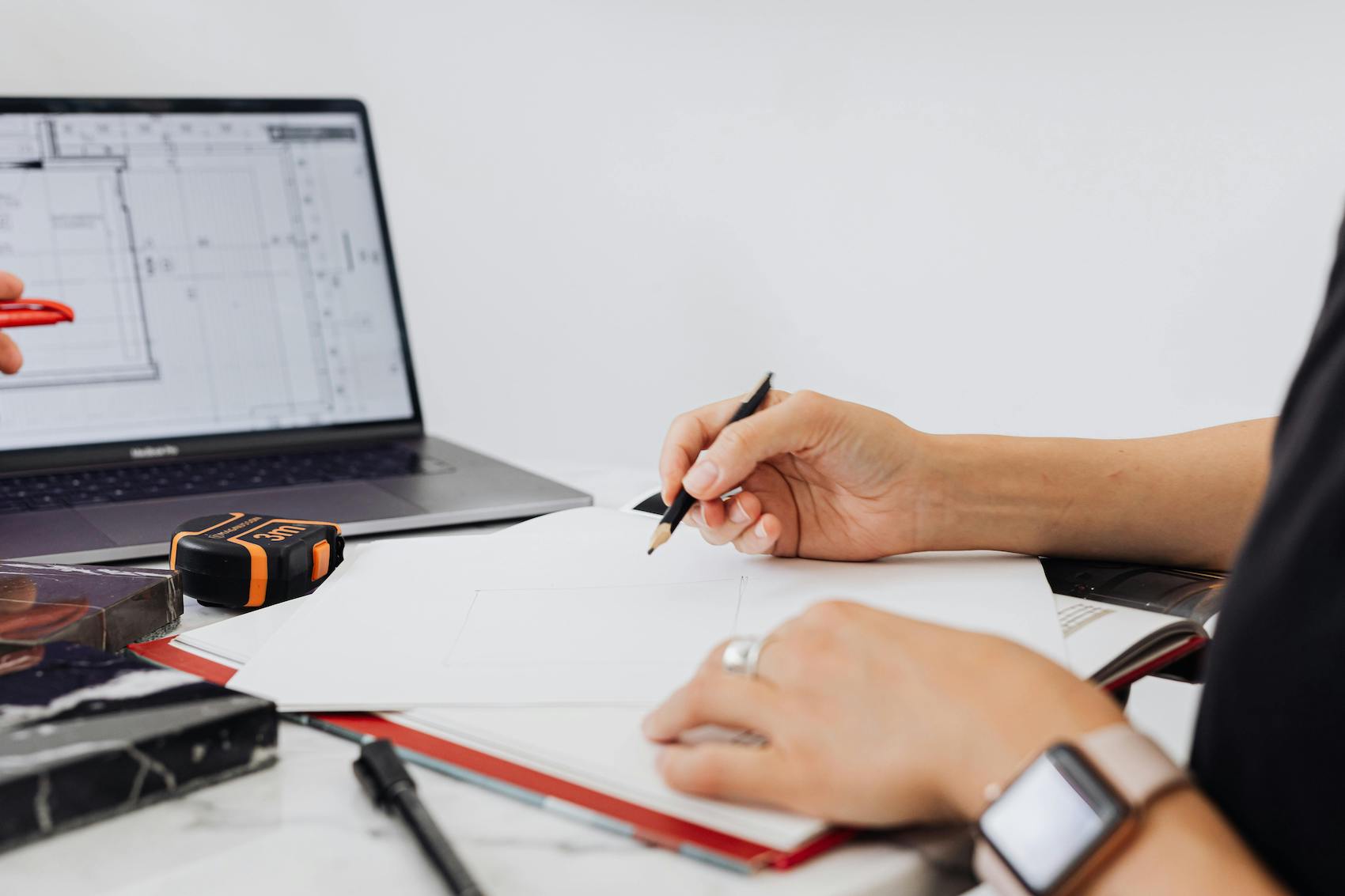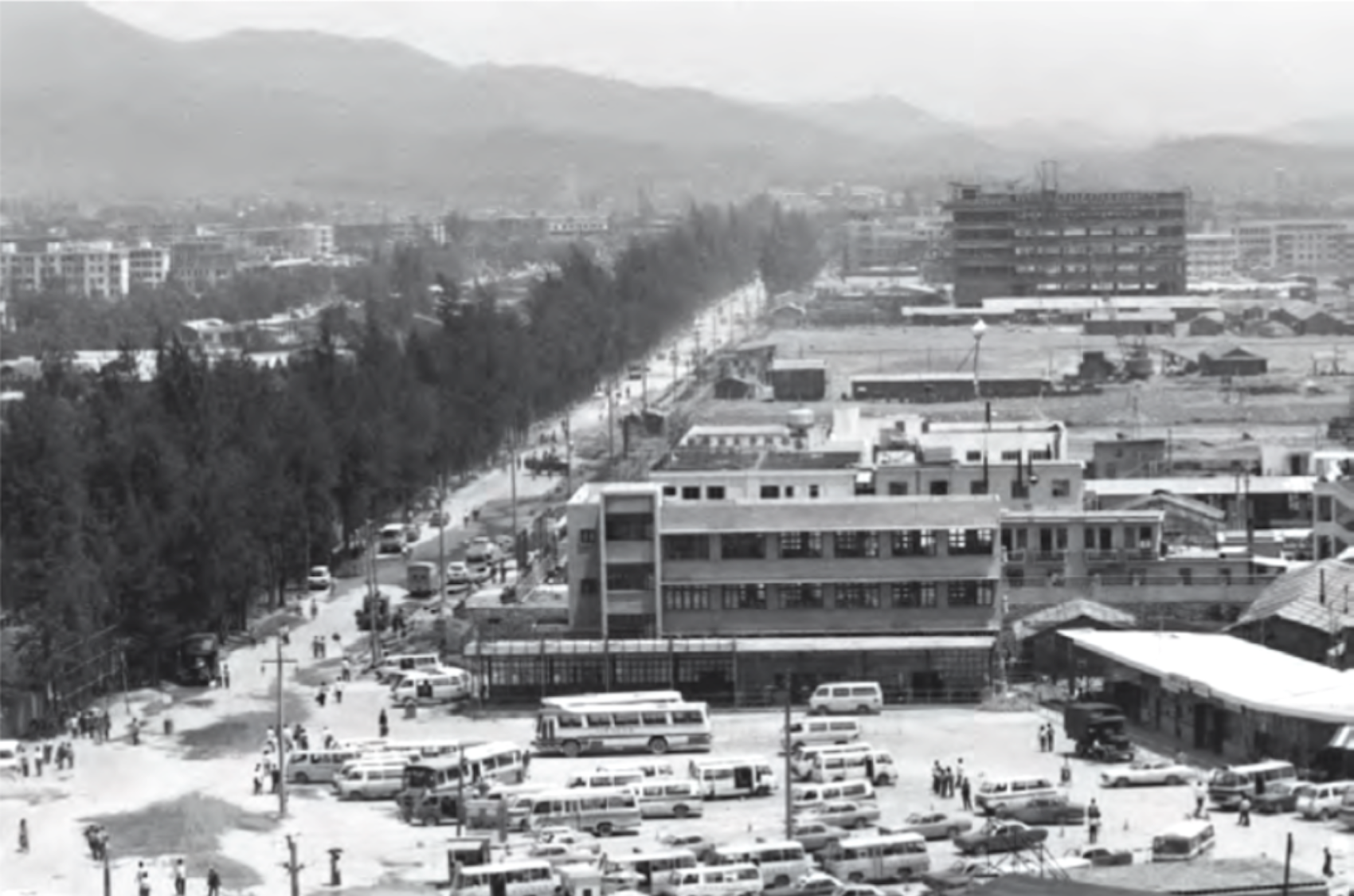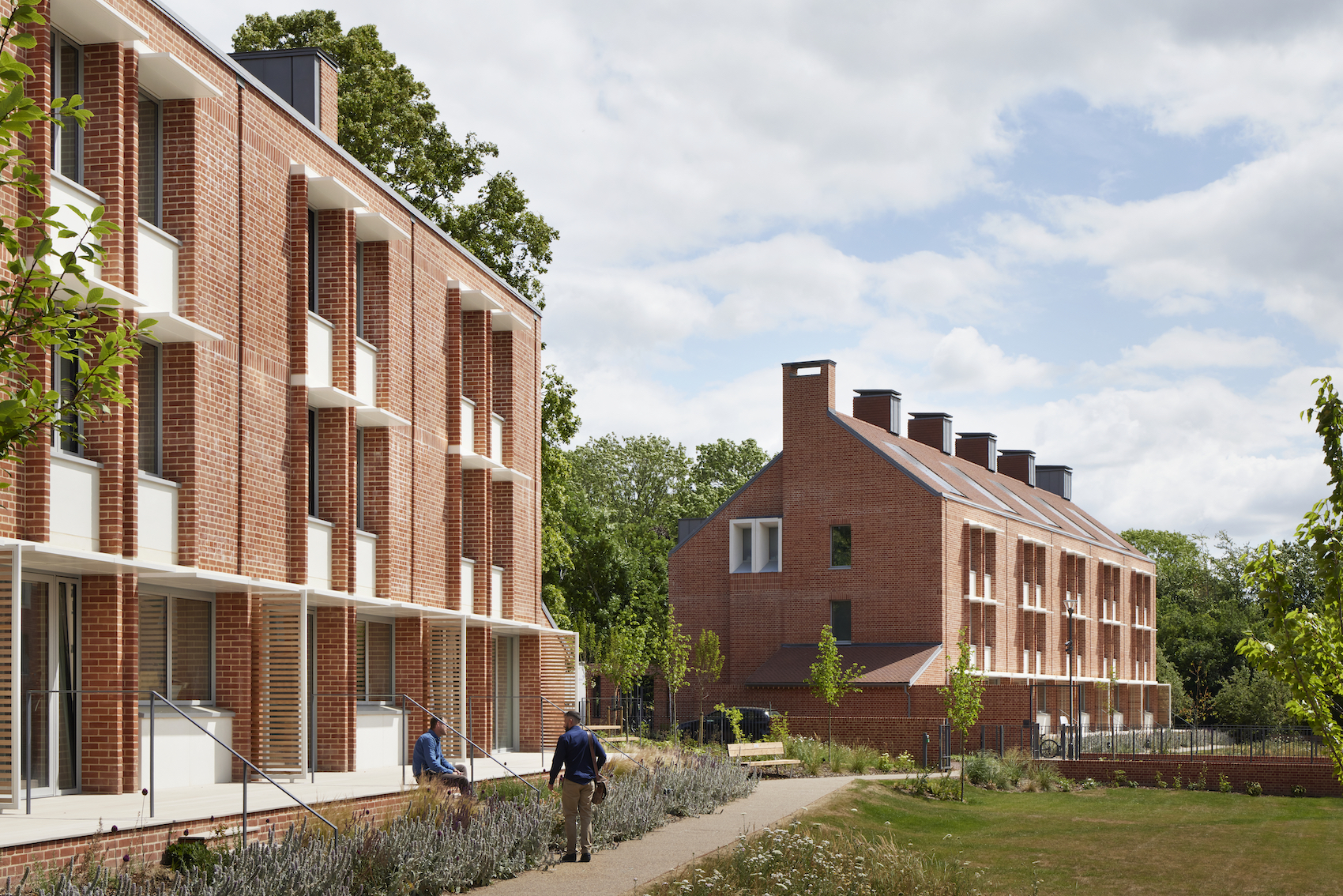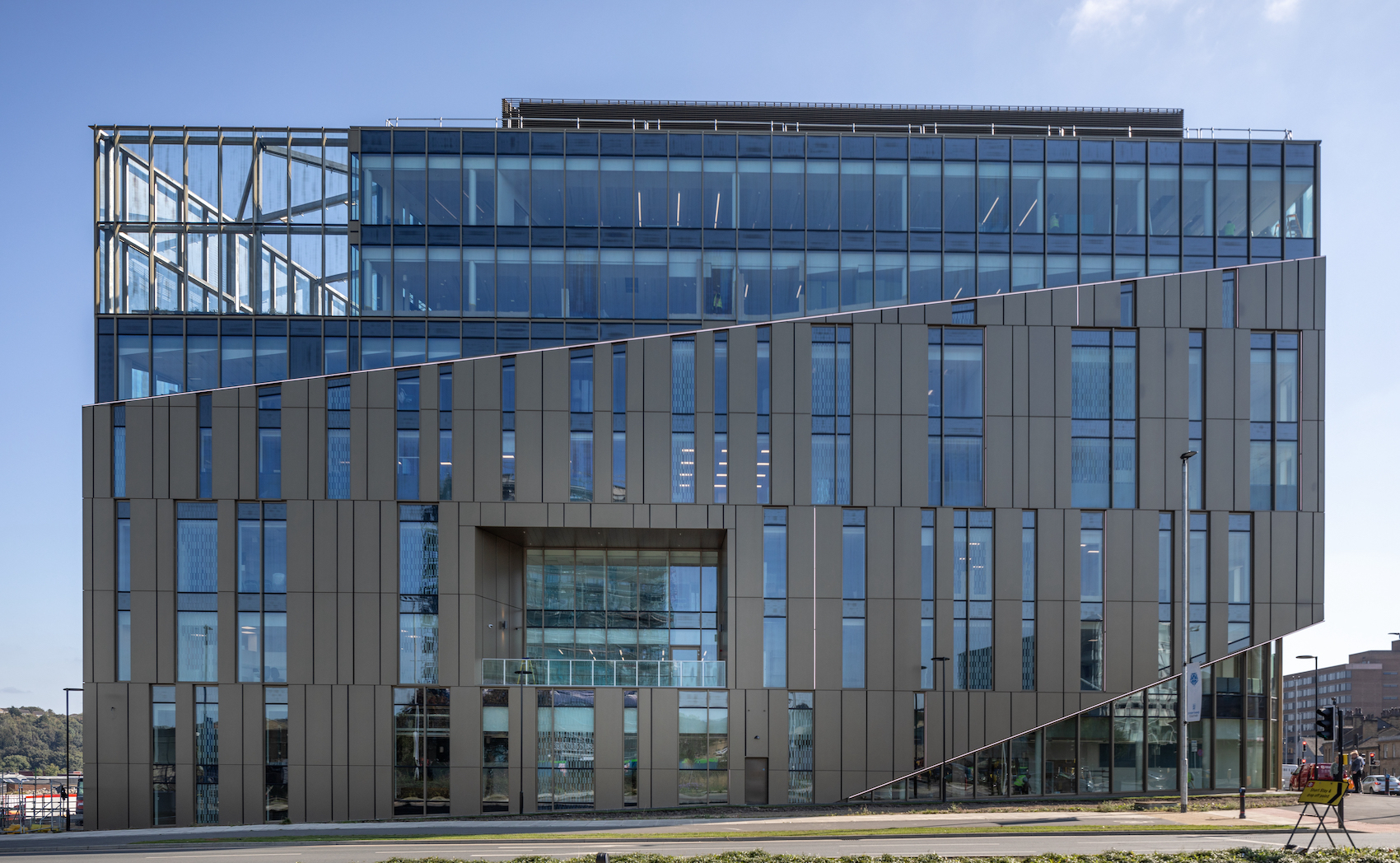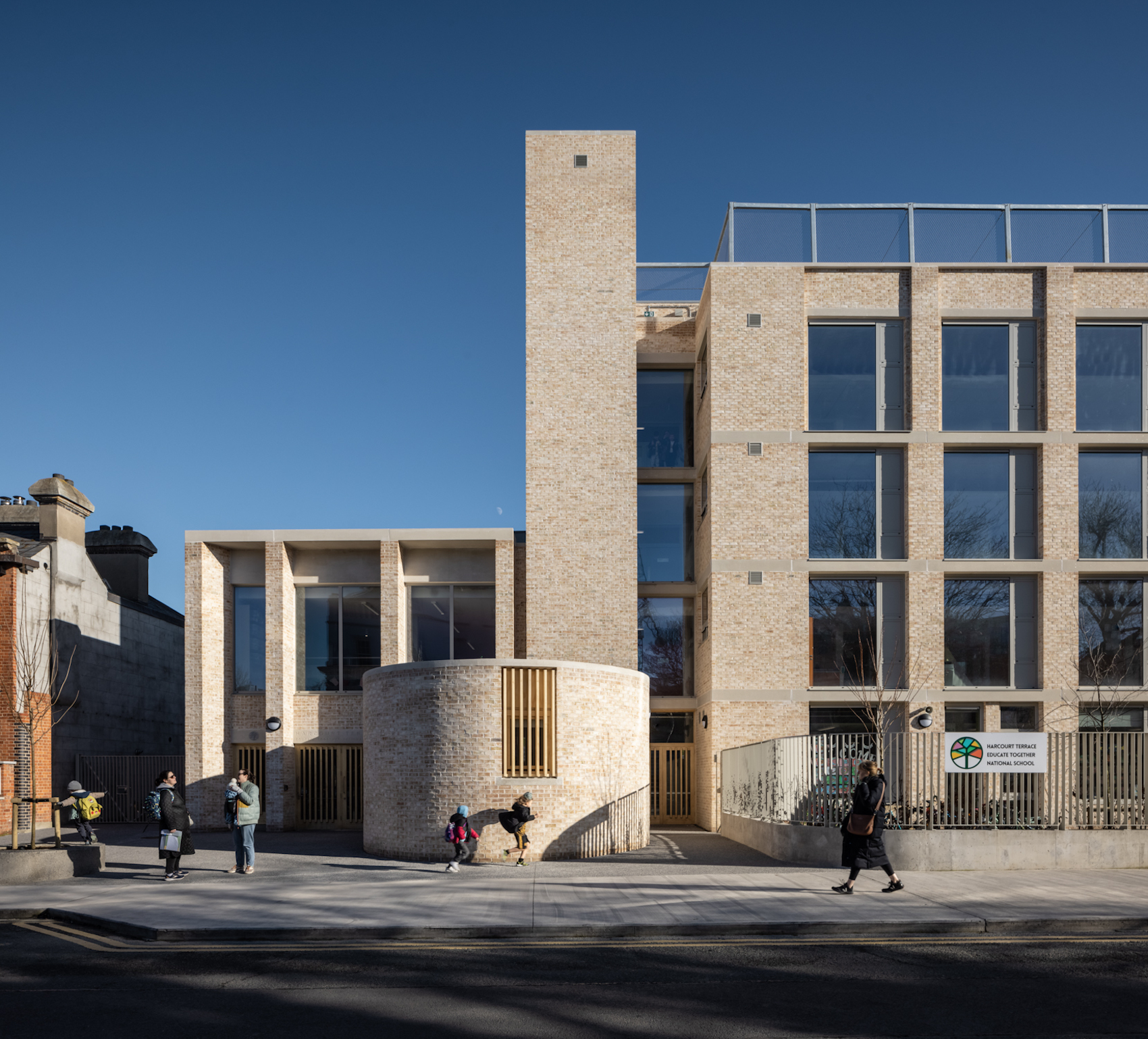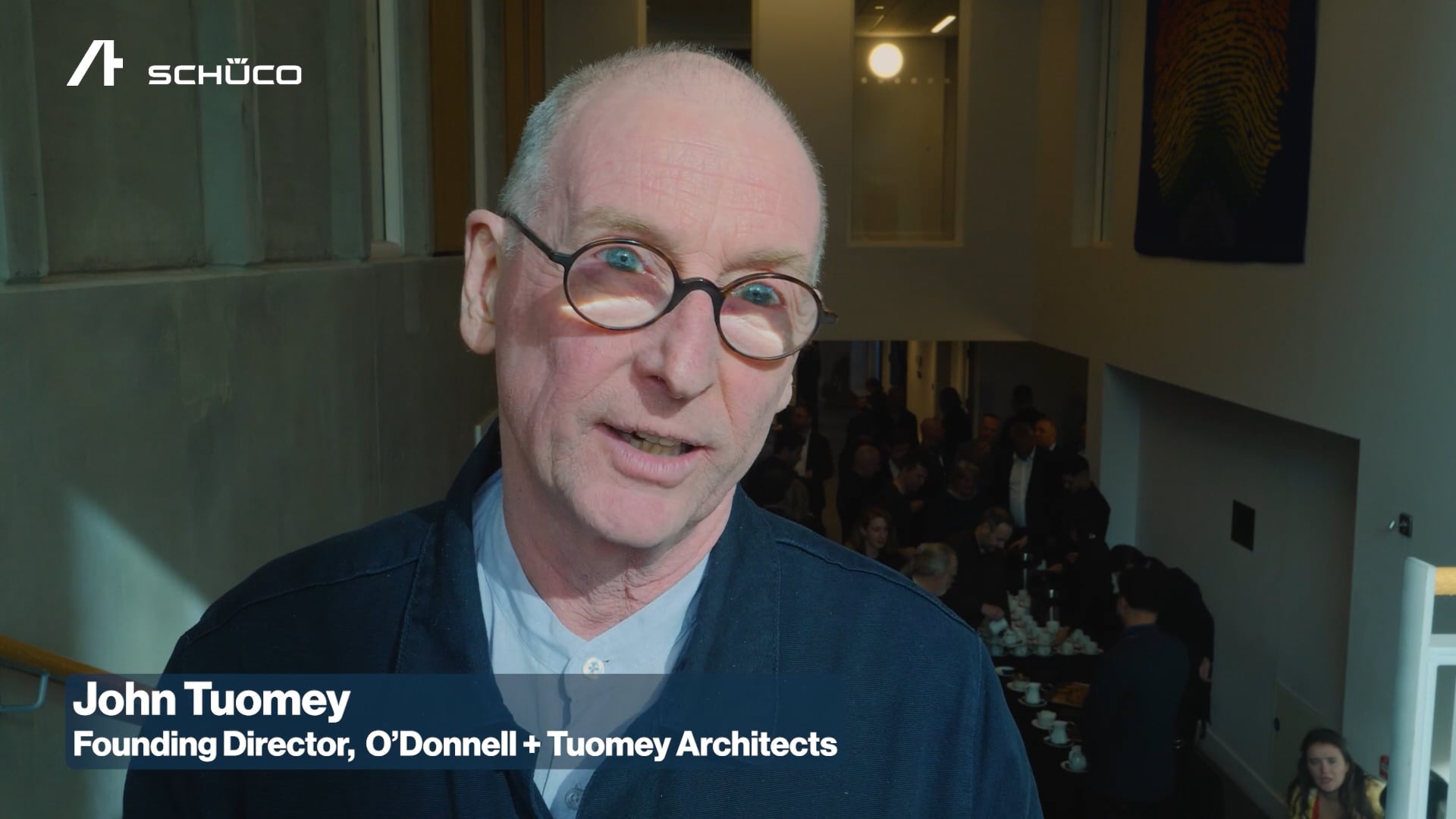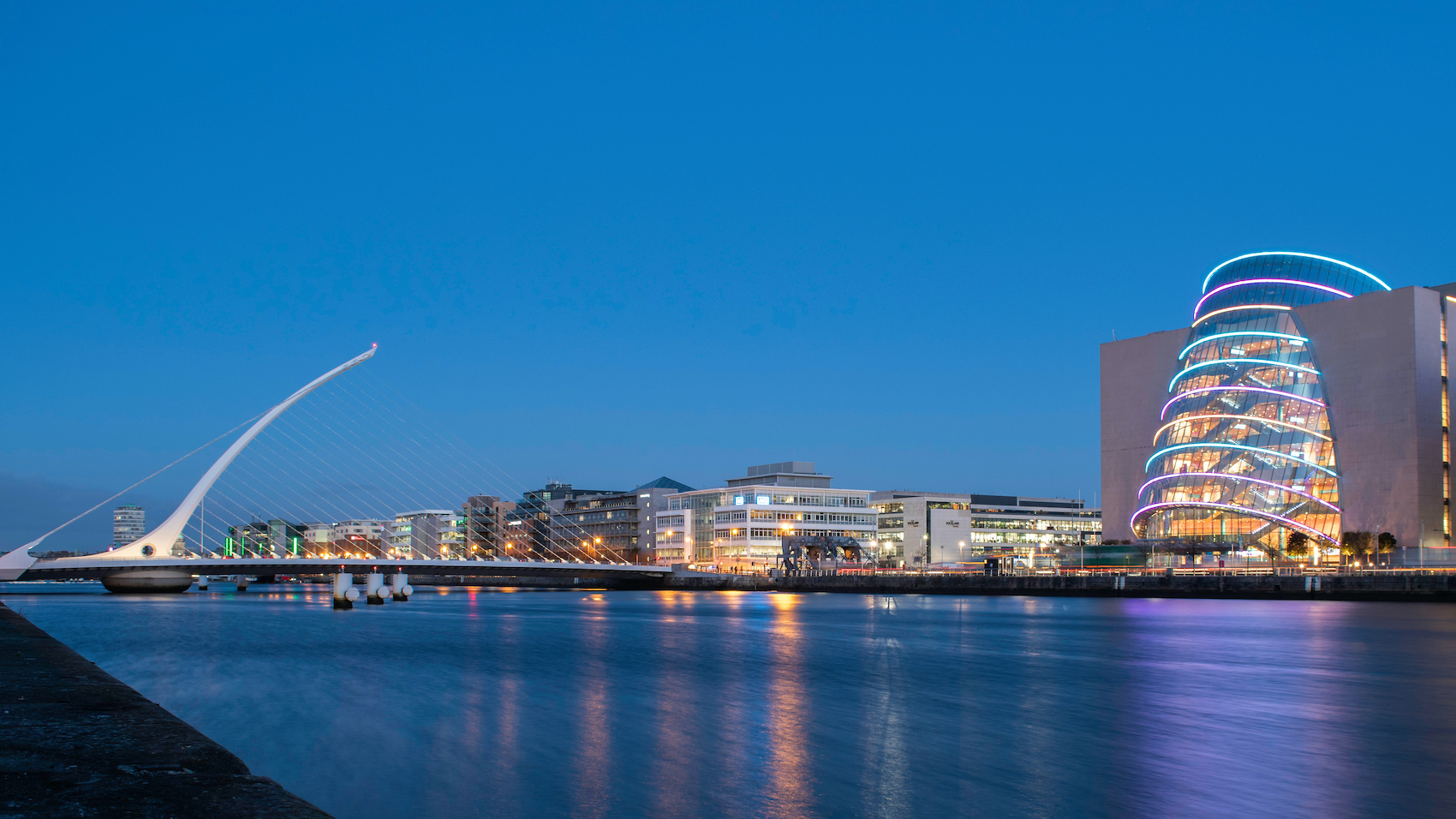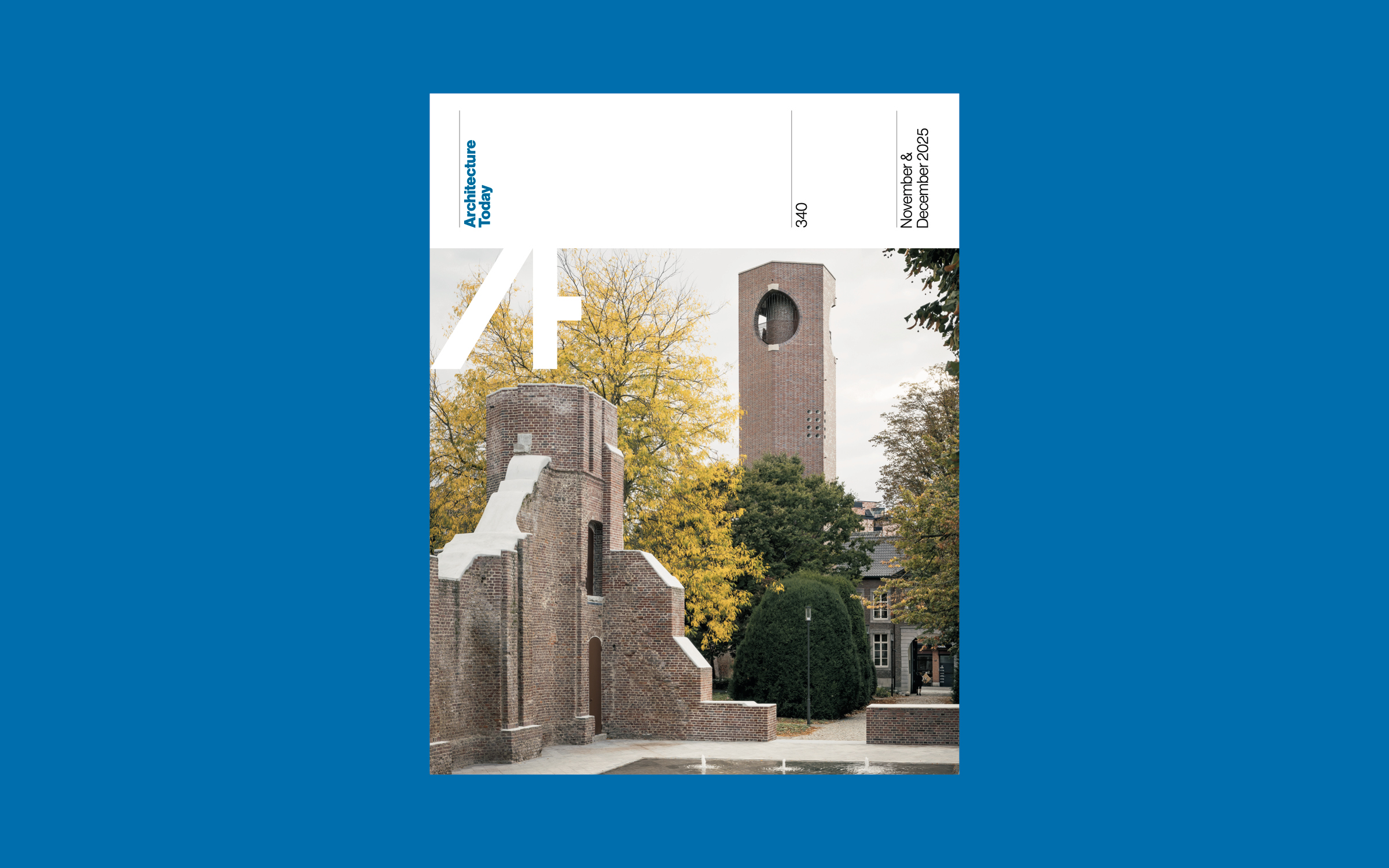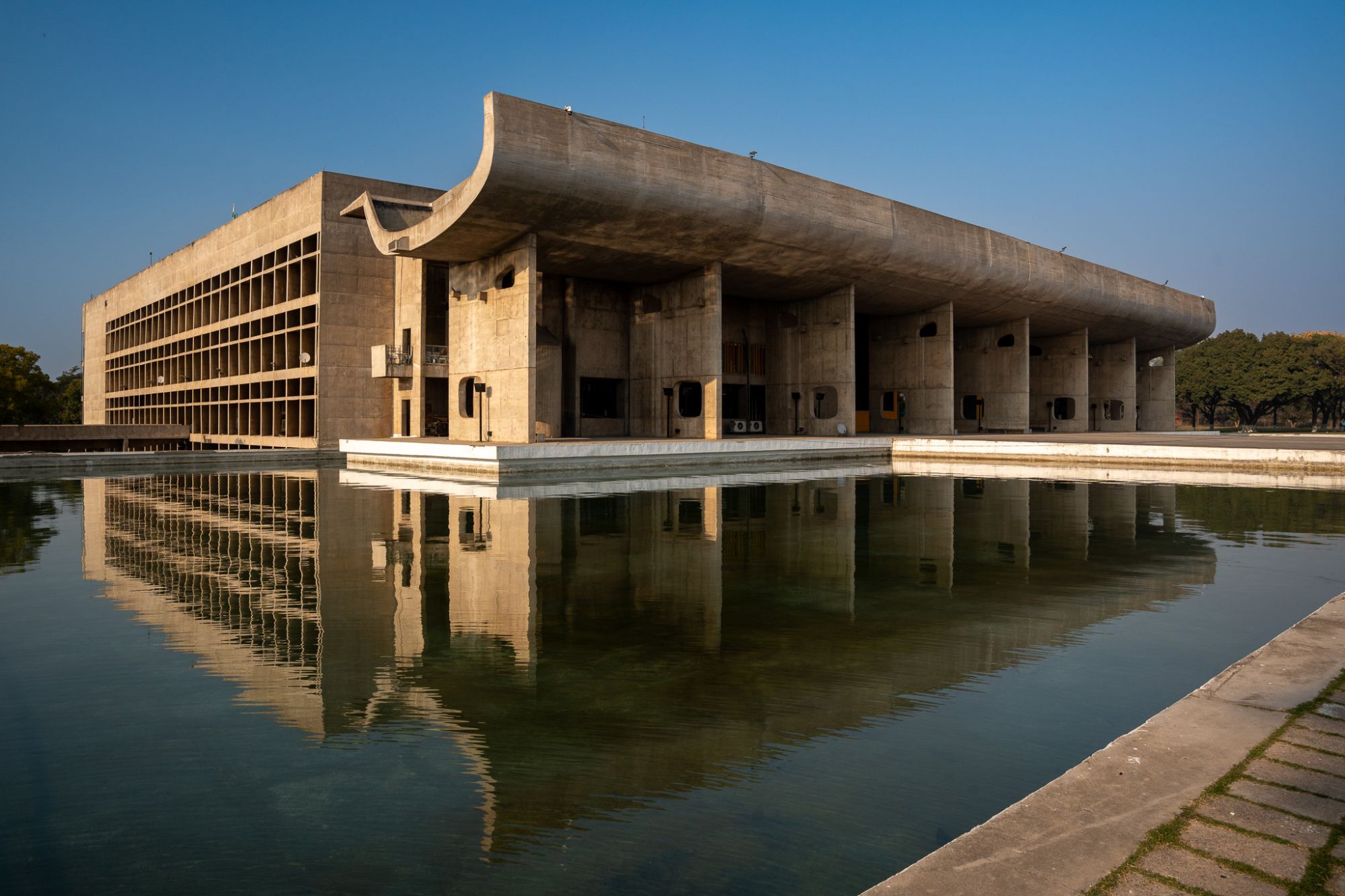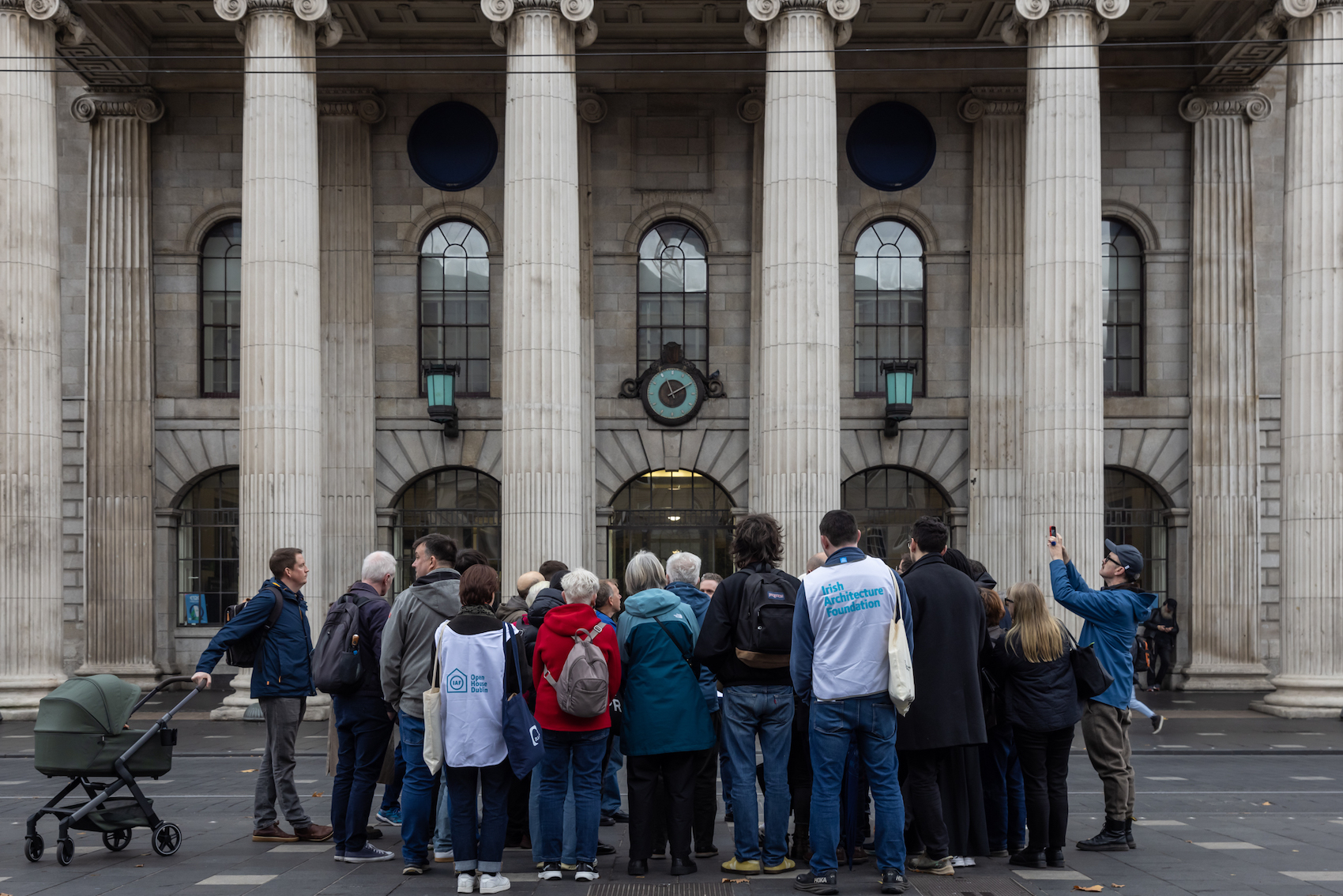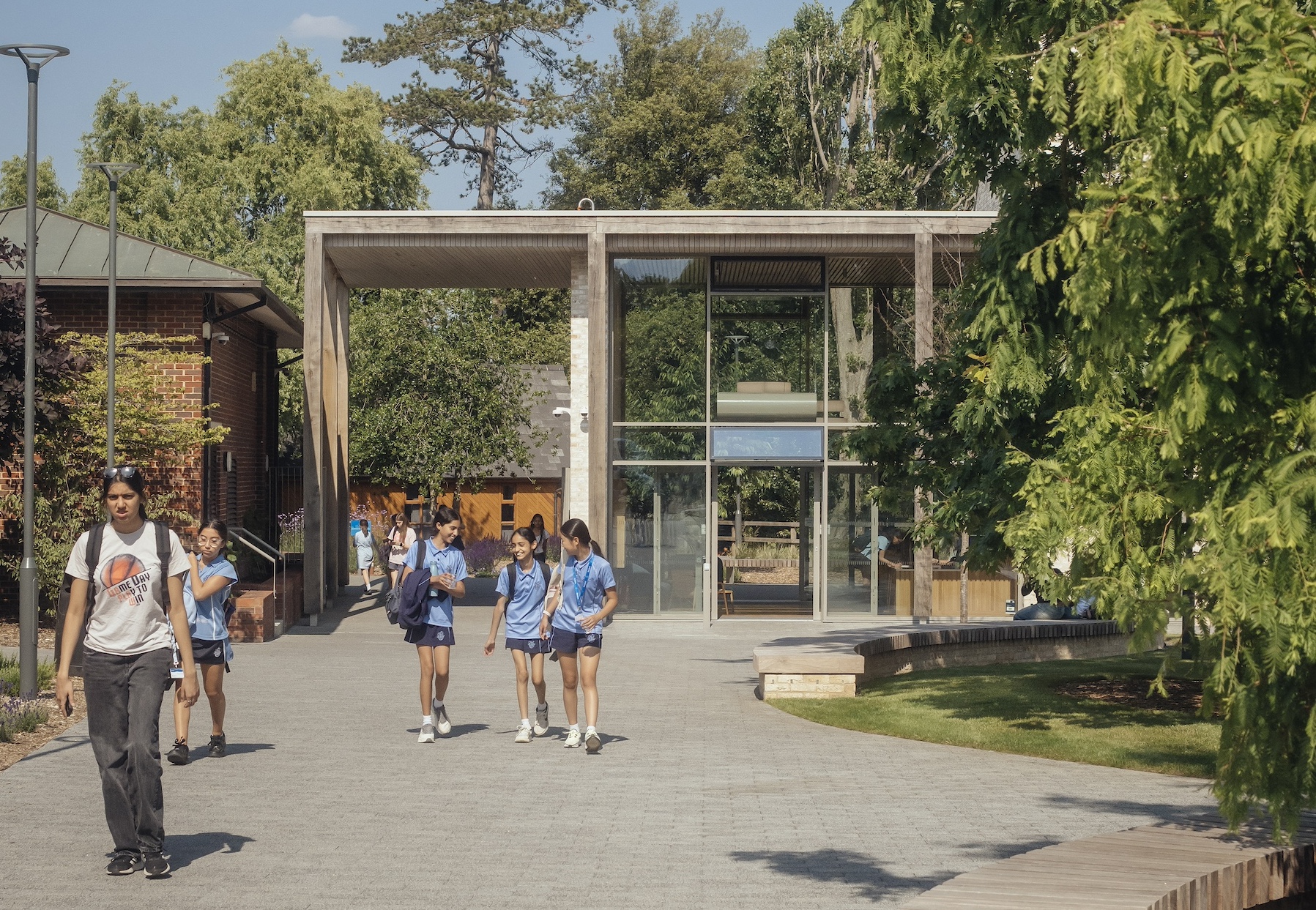Curated by Clare Dowdy and Helen Parton, Roca London Gallery’s latest exhibition explores the transformative potential of ‘meanwhile use’, a growing field in which architects and designers activate underused buildings during moments of urban flux.
Detroit Electronic Music Festival in 2024.
We are all familiar with the story of Detroit: a once fertile city, famed for its ability to produce cars, eventually left to decay as industry moved elsewhere. Its old factories have since been catnip for photographers looking to capture what has now been coined as “ruin porn.” (Some photographers, it must be said, such as Camilo Jose Vergara, vehemently rebuke this terminology).
But amid these ruins is opportunity. Enter entrepreneurs Matt Naimi and Oren Goldenberg who, over the course of seven years and with $30 million have transformed the old Lincoln Motor Company factory (built in 1908) into a ‘Dreamtroit’ – a complex of apartments and artist studios.
Naimi and Goldenberg outside the former Lincoln factory.
Before Dreamtroit was Dreamtroit, the former factory had been a stand-in rave venue and recycling facility. The space’s story is told at Meanwhile Space: what happens when design activates disused buildings? currently on show a Roca’s London Gallery in Chelsea Harbour.
The exhibition, which opened this May, takes the idea of the ‘meanwhile space’—the temporary occupation of dormant buildings—and turns it inwards. For the duration of the show, the Zaha Hadid-designed gallery space adopts a meanwhile aesthetic, offering both a thematic and physical exploration of a sector in flux. Co-curated by architecture and design writers Clare Dowdy and Helen Parton, the exhibition brings together international examples of temporary reuse, spanning theatres, studios, community spaces and startup hubs.
In its simplest terms, meanwhile use is a stopgap: an activation of buildings in transition. But this increasingly visible practice is also a testing ground for adaptive reuse, participatory design and community-focused regeneration. Dowdy and Parton make the case that these projects are not just a reaction to vacancy, but a proactive model for inclusive urban renewal. Their exhibition assembles a wide-ranging body of work, from large-scale conversions in the US and Australia to local arts interventions on British high streets.
Exhibited in in contrast to Dreamtroit is Rockwell Group’s pandemic-era project in New York that transformed vacant retail units in the Meatpacking District into miniature theatre spaces, each one staging a play inspired by the Seven Deadly Sins.
Elsewhere, in Randwick, New South Wales, Australia architect and academic Dr Cathy Smith has proposed converting a disused hospital ward into a temporary hub for tech and creative start-ups. The hope is that such collaborations will generate long-term value, both economic and social, while modelling an upcycling strategy for redundant health infrastructure.
“We’re seeing a growing mismatch,” says Dowdy. “There’s less money for arts and cultural programming, but more and more empty buildings—shops, offices, travel agents, even pubs. Meanwhile use can bring these elements together in a way that’s mutually beneficial, not least for designers and architects who are commissioned to create site-specific, short-term interventions.”
Designed by Steve Jensen, the exhibition space is assembled using reclaimed materials by a team of interior design students from the Royal College of Art. The result is an intentionally raw, makeshift aesthetic: one that echoes the rough-and-ready conditions of many real-world meanwhile projects. Alongside the main exhibits is a parallel display from the RCA’s (A)mend project, which explores the creative potential of reworking existing artefacts. This embedded ‘exhibition within an exhibition’ further reinforces the show’s core themes of reuse and transformation.
Throughout the summer, a programme of talks and events will bring together practitioners, policymakers and designers to examine the mechanics of meanwhile projects: their funding models, planning processes and community impacts. “Our aim,” says Parton, “was to move beyond surface visuals and dig into the systems that underpin this type of work. We hope the show will be both informative and inspirational.”
Like the projects it showcases, Meanwhile Space is temporary but timely. In activating the gallery as a site of exploration and provocation, it invites both the profession and the public to rethink the value of the in-between.
Meanwhile Space runs through 27 September 2025.




